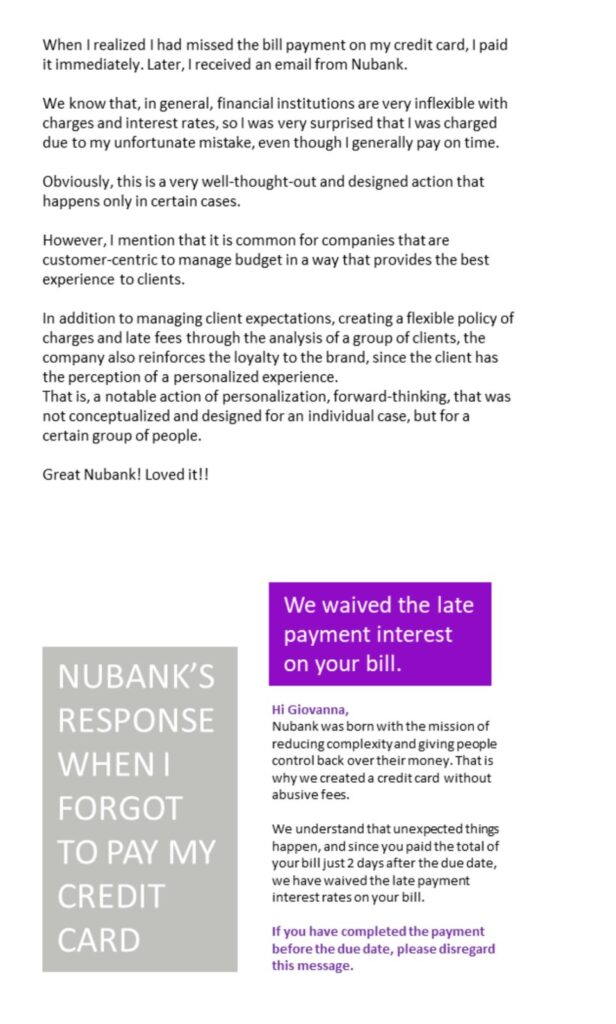By Simone Wilson
Before we dive into how to build a winning customer experience (CX) strategy, let’s first clarify what we mean by CX strategy.
Definitions matter. When we define something, we also clarify what it is not. In the book Playing to Win, Lafley and Martin argue that strategy is “about making specific choices to win in the marketplace.” That emphasis on choice is essential.
With that in mind, here’s my definition of a CX Strategy:
A deliberate, customer-centric set of choices to grow the business and retain customers by designing and continuously improving experiences that meet needs, build emotional connection, and drive satisfaction and engagement.
Below I’ve detailed 5 important steps to build a winning CX Strategy
1. Clarify What You Stand For
Define your mission and service principles—this internal work sets the tone for the customer experience. Complement it with foundational customer research to ensure your values resonate and align with what matters most to your audience. Start translating high-level principles into specific, designed interactions that reflect them. You must choose what your brand stands for—and what it doesn’t. You can’t deliver everything, but you can deliver with excellence the principles that define your brand.
2. Assess Strengths and Gaps
Use CX maturity models and diagnostic tools to understand where your strengths lie and where improvement is needed. This creates a baseline and helps focus your strategic efforts.
3. Prioritize Improvements
Identify the areas with the greatest potential for impact. Prioritization should be guided by customer and employee feedback, business goals, and feasibility. Where do we need to move the needle? How will we do it? What’s our timeline for short-, medium-, and long-term actions?
4. Build the CX Engine
Establish the systems, processes, and governance needed to design, deliver, and manage customer experience initiatives. This includes cross-functional collaboration, measurement frameworks, and agile execution.
5. Engage Stakeholders Early—and Often
A CX strategy without leadership support is just wishful thinking. In fact, leadership should help shape the strategy from the outset. Involve internal stakeholders—leaders, frontline teams, product owners—early and frequently. Their insights, support, and alignment are essential to drive change, remove barriers, and sustain momentum over time.
What does a successful CX Strategy look like?
This example from Nubank beautifully illustrates a CX strategy in action. A customer shared an emotional post expressing her admiration for the bank after a surprising and empathetic interaction. She had missed her credit card payment, promptly paid the overdue amount, and was bracing for late fees. But instead of receiving a generic penalty notice, Nubank sent her a personalized email, waiving the charges and acknowledging her effort.

Moments like this don’t happen by accident—they’re the result of a well-thought-out and well-executed CX strategy. Nubank’s approach focuses on simplifying the banking experience and treating customers with fairness and empathy. Emails like this are intentionally designed into the customer journey, reflecting the company’s values and CX principles.
It’s a powerful reminder: when CX strategy is done right, it doesn’t just solve problems—it builds loyalty, trust, and emotional engagement with your brand.






